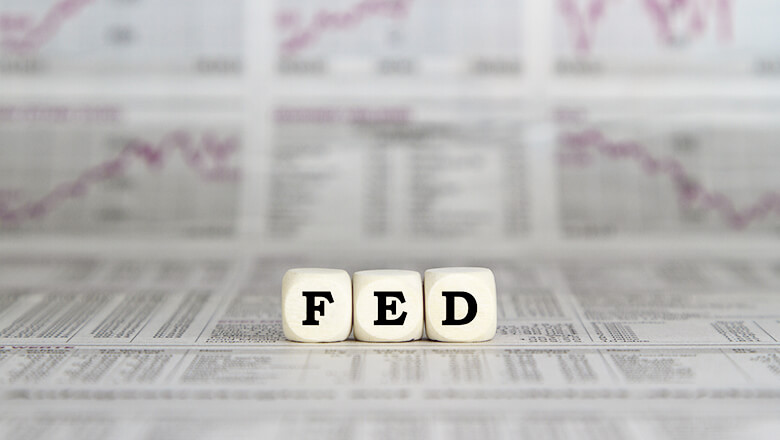Everything the Fed Just Did in Response to Inflation

The Hike
With inflation at 8.6% per May’s CPI, the highest level since 1981, the Fed hiked its target rate by 75-basis-points. That’s the largest increase since 1994.
The Federal Reserve’s Effective Federal Funds Rate guides what banks and lending institutions charge each other to borrow money. The move is part of the central bank’s tightening monetary policy, which aims to slow down the rate at which prices are increasing. When rates rise it costs people more to use credit cards for example, putting pressure on consumer spending. When that activity dips, prices start to descend.
The target rate is now a range between 1.5% and 1.75%. It hasn’t been that high since before the COVID-19 pandemic and its related restrictions took hold.
Adjusted Outlook
The Fed hiked rates by 0.5 percentage points at their meetings in June and May, after enacting a 0.25 percentage point hike in March. Most Wall Street observers originally anticipated another 50-basis-point hike yesterday, but recent market conditions may have altered that thinking.
Stocks sold off in a major way on Monday, leading some to anticipate the larger hike. Now investors are trying to figure out where rates will go from here.
To that end, the FOMC or Federal Open Market Committee released new economic projections while also announcing the rate hike. Its members now predict GDP growth for 2022 of 1.7% — down from 2.8% in March. The FOMC also anticipates inflation to keep rising. Analysis suggests rates need to rise by 1.75% to 2% before the end of the year to reach the central bank’s goals.
The Chairman’s Speech
Fed Chair Jerome Powell says it’s reasonable to expect a 50- or 75-basis-point hike at the central bank’s next meeting. He referred to Wednesday’s hike as “unusually large” and said he doesn’t expect them to be common.
Some on Wall Street applauded the move, suggesting it’s better to enact a larger hike now rather than delay the inevitable. Others wanted to see an even more aggressive hike, perhaps a full percentage point. The Fed is attempting to balance the need to slow down the rise of prices while also considering the economy as a whole. Rising rates and quantitative tightening (QT) put pressure on growth, and some say the central bank’s tightening monetary policy will lead to a recession.
Things are changing daily within the financial world. Sign up for the SoFi Daily Newsletter to get the latest news updates in your inbox every weekday.
Sign up
Please understand that this information provided is general in nature and shouldn’t be construed as a recommendation or solicitation of any products offered by SoFi’s affiliates and subsidiaries. In addition, this information is by no means meant to provide investment or financial advice, nor is it intended to serve as the basis for any investment decision or recommendation to buy or sell any asset. Keep in mind that investing involves risk, and past performance of an asset never guarantees future results or returns. It’s important for investors to consider their specific financial needs, goals, and risk profile before making an investment decision.
The information and analysis provided through hyperlinks to third party websites, while believed to be accurate, cannot be guaranteed by SoFi. These links are provided for informational purposes and should not be viewed as an endorsement. No brands or products mentioned are affiliated with SoFi, nor do they endorse or sponsor this content.
Communication of SoFi Wealth LLC an SEC Registered Investment Adviser
SoFi isn’t recommending and is not affiliated with the brands or companies displayed. Brands displayed neither endorse or sponsor this article. Third party trademarks and service marks referenced are property of their respective owners.
SOSS22061601
Comments are closed.